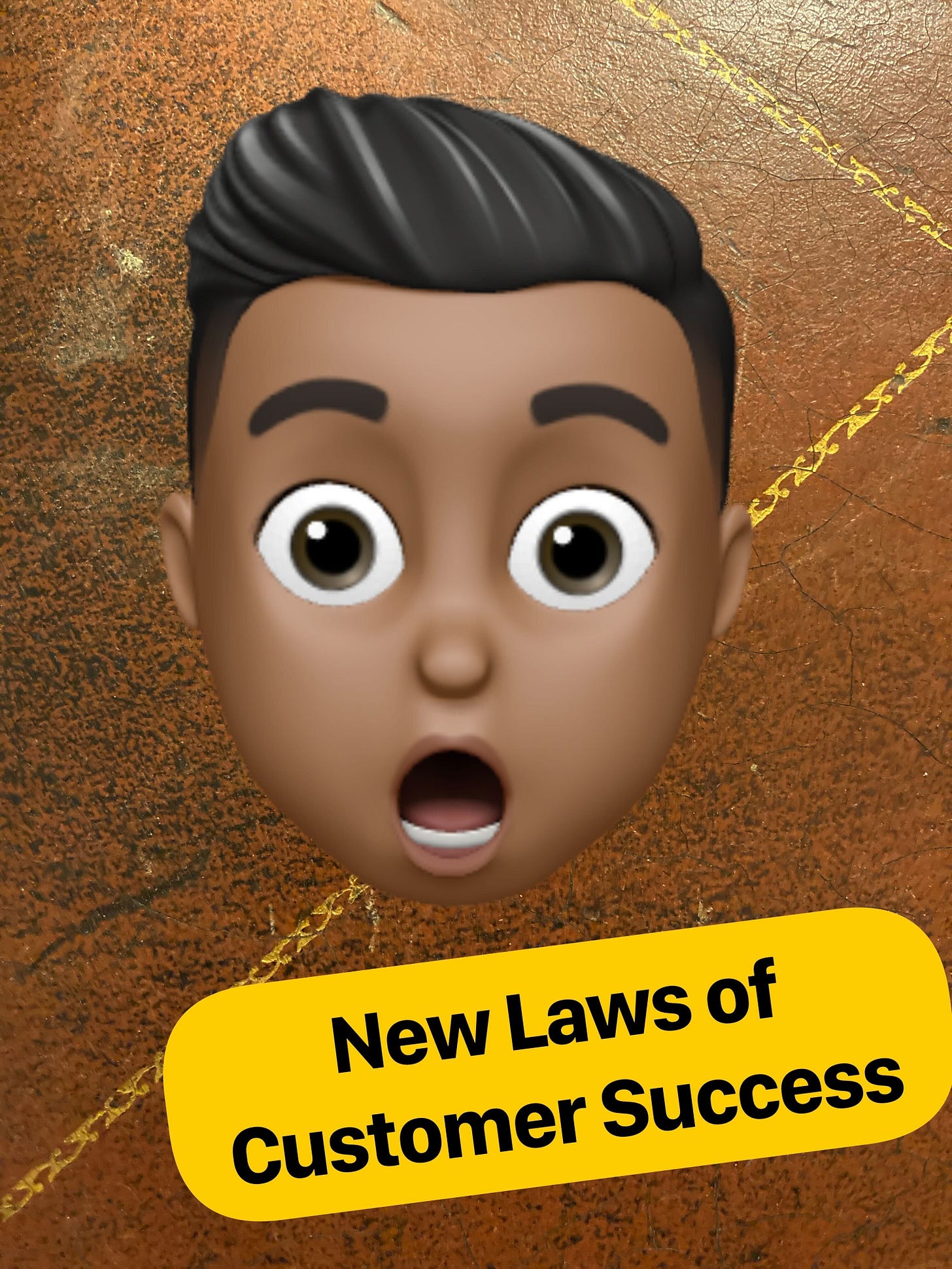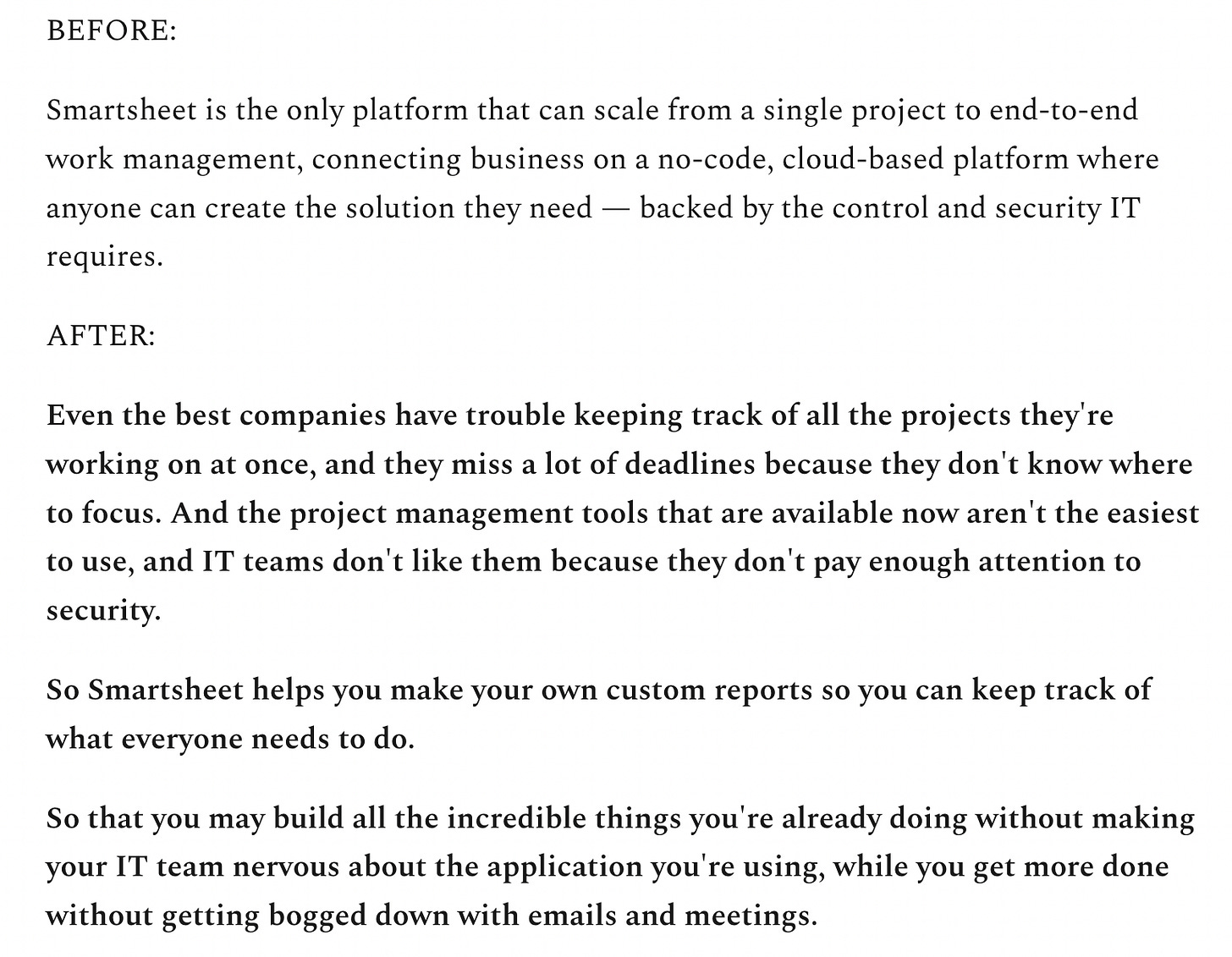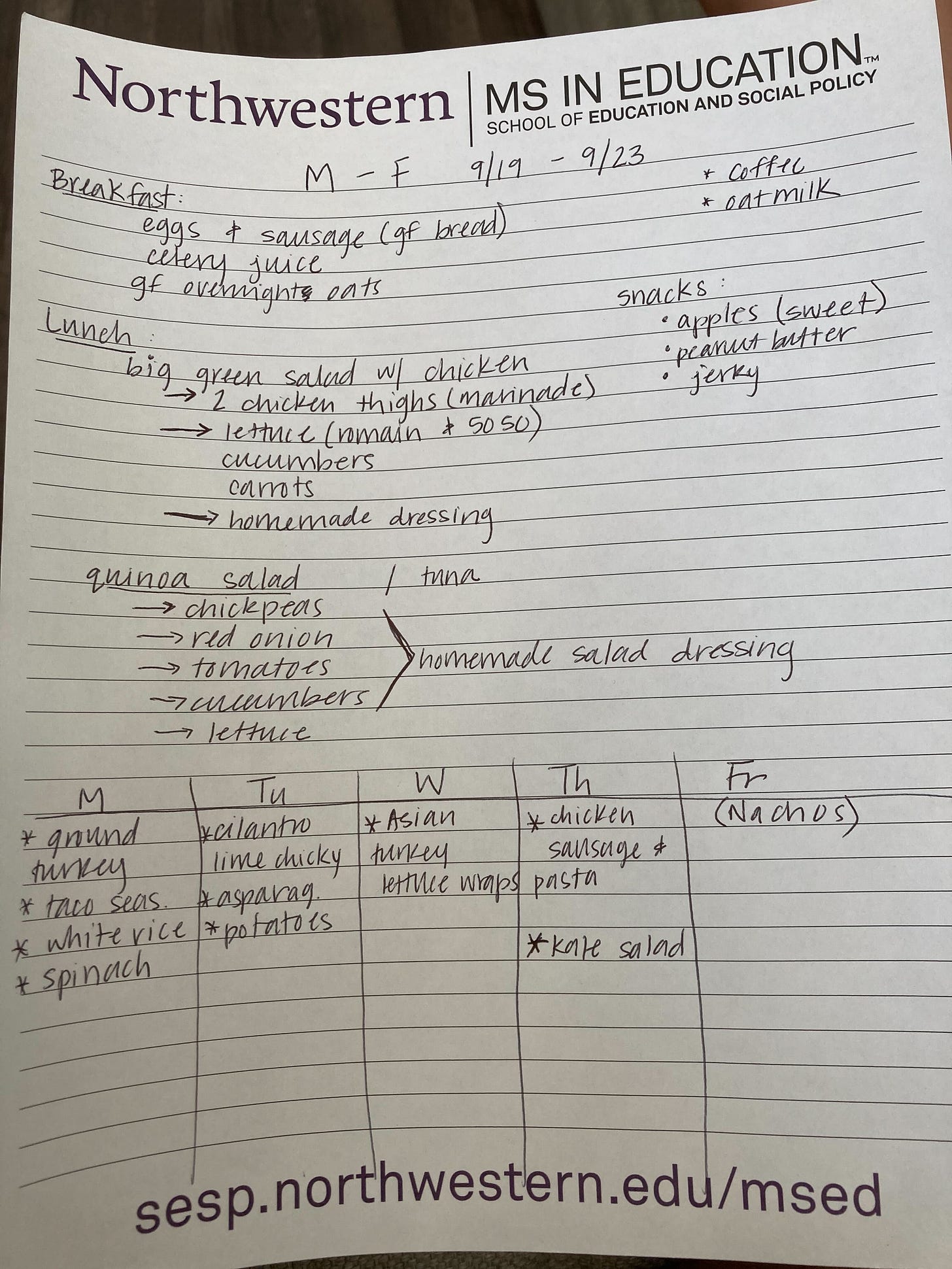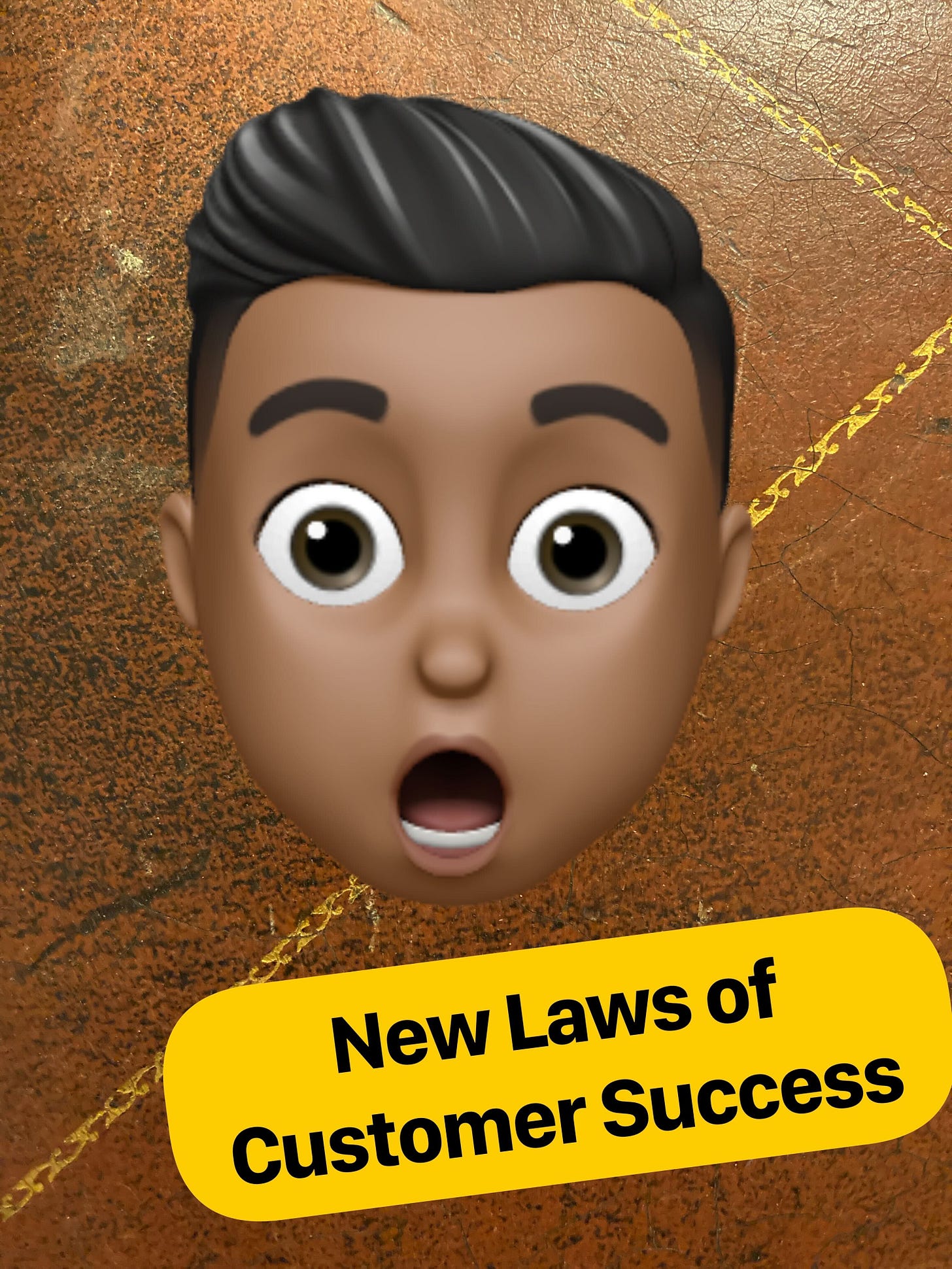Voice Notes on Slack: The Secret To Winning Office Politics? (#5)
Why I'm All In On Building Relationships At Work By Sending Voice Notes on Slack
Last Friday, I was so enraged that I sent a cold email to Substack's CEO, saying:
My account had been frozen and there was a high probability that I would never be able to use it again :(
I couldn't get into my account, and it was very likely that I wouldn't be able to get it back.
I know it's too much, haha, but come on.... I enjoy writing for you so much that I didn't want to stop.
But it was harder to find a support email than the treasure on the back of the Declaration of Independence.
Speaking of:
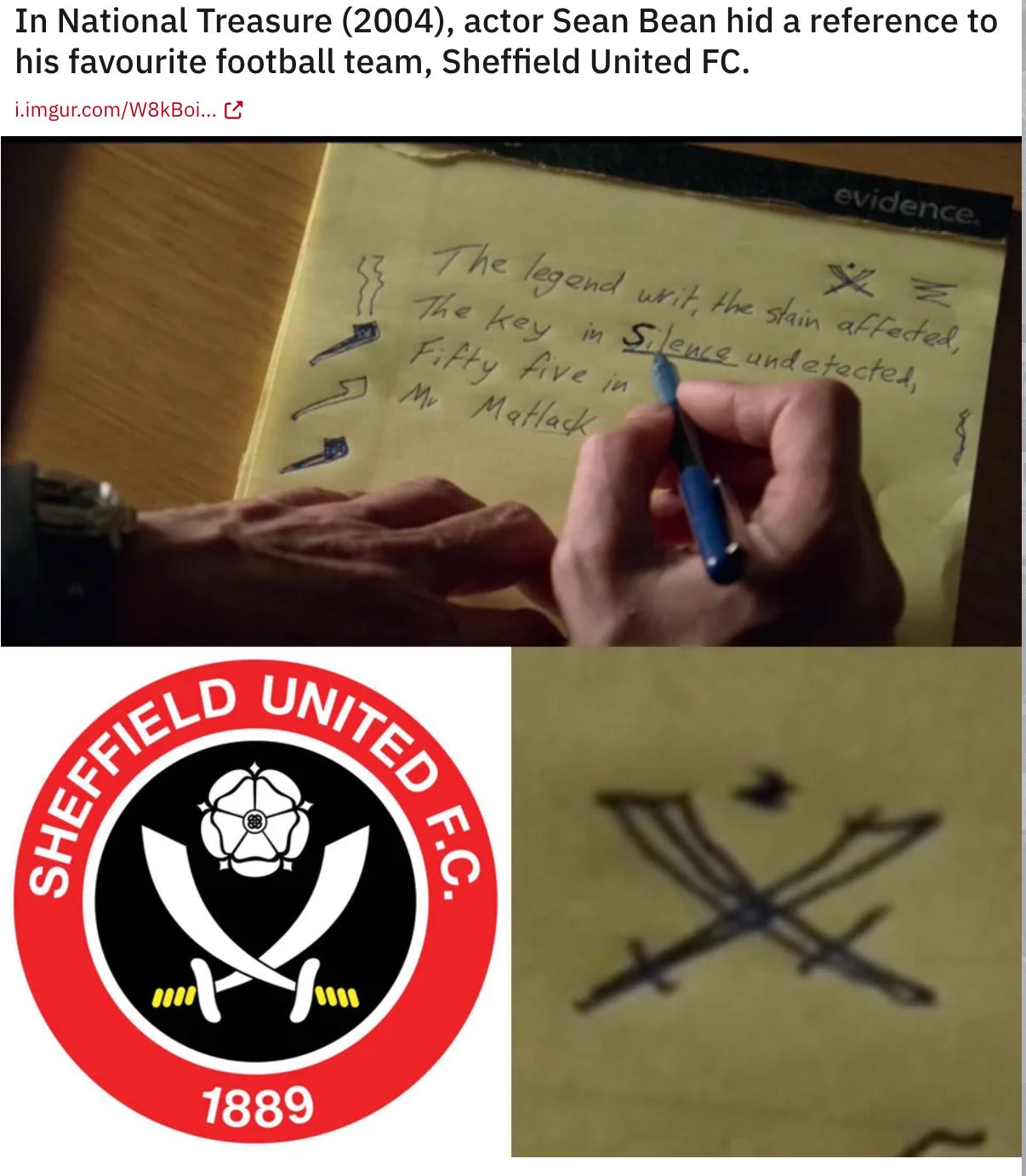
What’d do you think of that transition? :——) Ha - Let’s get going today. Here’s what I’ve got for you:
My manager was kind enough to compliment my relationship-building and customer research skills. And I'll break down the frameworks I use so you can apply it in your own role. This includes sending voice notes on Slack with the audio included. Remember, this is the NLCS, and nothing is off limits.
The ingredient that separates great CSMs from good CSMs - the great ones ask the question behind the question.
What I’m learning this week:
(Peep the photo above)
How did I go from not knowing much to getting this praise?
Here’s a little hint I picked up on…
Account Managers make your job as a CSM incredibly easy.
But — most CSMs — fail to crack that internal relationship.
Instead of you and the account manager working together to serve the customer, it's just you and the account manager.
So that I wouldn't make the same mistakes, I set up a framework to make sure that this internal relationship always got off on the right foot. And sending a voice note on Slack is 50% part of that.
Here’s the complete secret sauce:
I research by writing an “Account Memo.” At Amazon's headquarters, meetings start and end with the team reading 5–6 pages of a memo, instead of slides with bullet points that don't cover everything.
I send the Account Manager a voice message to break the ice, and then I share the memo with them
Let’s start with this memo.
In order to set the stage for the method taken here, I will briefly describe why this memo is being written in the first place:
This serves as the memo's anchor. Everyone has been in the situation where you're attempting to communicate your thoughts but stumble over your words.
This humanizes the method.
I'm very careful not to come across as someone assigning homework with the people I work with.
I then include a "Introduction / Personal Background" section.
If you are interacting with this coworker for the first time, I believe that these simple details strengthen the relationship.
And right below that, I’ll include some questions like:
Has X state always been home for you? (You can find their location on their LinkedIn profile)
What are your KPIs?
Can you tell me about a time when you worked with a CSM and absolutely loved it? What did it entail and why did you love it?
The questions serve as a foundation for my conversations to discover their working styles.
The next sections are the most important parts: Research.
I passionately research the customer, and the account.
Starting with a “What They Do” section -
BUUUUUTT I don’t just copy and paste whatever Google says. That’s lazy, and probably full of buzzwords.
Instead, I challenge myself to craft a 30-second elevator pitch that explains my customer’s business in plain English.
You can take a look at the previous newsletter - Learning To Pitch Ideas Using Third Grade Words (#4) if you want more details.
Example: If Smartsheet were my customer, I would include the “After,” and delete the “Before” on the memo.
Then I look for more ideas and information that might be important for me and my account manager to know:
Did they share anything in their press release?
Did they just receive a new round of funding if they’re a startup company?
Did they hire more people?
Did they recently go through layoffs?
Who are their competitors?
You can find a lot of treasure by doing a simple Google search and reading a few articles.
Then, I'll add the bits of information I know about the account from our internal records. This information could come from our CRM or from the reports we can pull up.
And finally, I'll add a section called "My Commentary/Would Love to Hear Your Thoughts" to help the Account Manager and I come up with ideas for what to do next.
At most, you'll spend 5 minutes reading this memo at the start of the meeting, and the remaining 25 minutes will be spent discussing future steps.
You can avoid taking disorganized notes or missing important points in the meeting by recording it.
After this point, I'll send an audio message on Slack. It works similarly to Apple's Voice Memos feature in iMessage.
This is the note I'm sending (audio included)
Yes, there are ummmm’s, yes it’s a little drawn out, but who gives a shit?
Imagine if you got this, and a coworker tells you - “hey X person says you’re amazing to work with”
“Hey this is random, I know, but here’s what I’ve done” and I’d love to get your thoughts
If Slack isn’t an option, this is an easy to send via video over email.
Either way, the more responses you can get that are like these, the better you’ll be able to work together with your coworkers, and better serve your customers:
TLDR:
Write a memo that researches the customer
Send a voice note on Slack to humanize your interactions with the account managers. I only do this with the first message. Afterwards, I move towards messaging only since it’s easier to consume.
Build amazing relationships with the people you work
What I’ve heard from other CSMs…
Good CSMs are polite when they answer a customer's question.
Great CSMs ask why the question is important in the first place, but they don't sound like jerks when they do it.
Example: "Hey, our VP wants to see this report," says the customer.
Good CSM: "I understand. I'd be happy to!"
Good CSM:
“Sounds good. I can pull in my colleagues to play around with our reports. I think we can make that happen, but I’ll double check.
So I can send you the exact information you and your team are looking for:
Are you and your team planning on analyzing or building a specific initiative once you have the reports?
I ask because, based on the numbers we pull, I can add a sentence or two that puts the numbers you're seeing into context so you all know what the reports mean.”
This way, you understand their root of their problem. You come off as an advisor that’s thinking a few steps ahead.
Simple, but effective.
How I’m feeling…
This week was solid. The most important thing was that I knew what I was going to eat for lunch every day of the week without having to think too much about it.
We made a "menu for the week."
Lunch was always a problem, and some days I wouldn't eat until 2 or 3 p.m. Because of it, my workouts got a lot worse. And so did my level of frustration.
Doing this was a game-changer. Highly recommend.
Here’s what I had for you:
My manager was kind enough to compliment my relationship-building and customer research skills. And I broke down the frameworks I use so you can apply it in your own role. This includes sending voice notes on Slack with the audio included.
The ingredient that separates great CSMs from good CSMs - the great ones ask the question behind the question.
Ya boi / friend @ NLCS. That’s it for this week though - lmk - how’d I do?
P.S. If you know any Customer Success professionals who could benefit from this level of transparency, I would love to bring them into our small circle of people who care about Customer Success. Please feel free to forward this article and others from the NLCS (New Laws of Customer Success) universe to grow our tight-knit community one person at a time.




